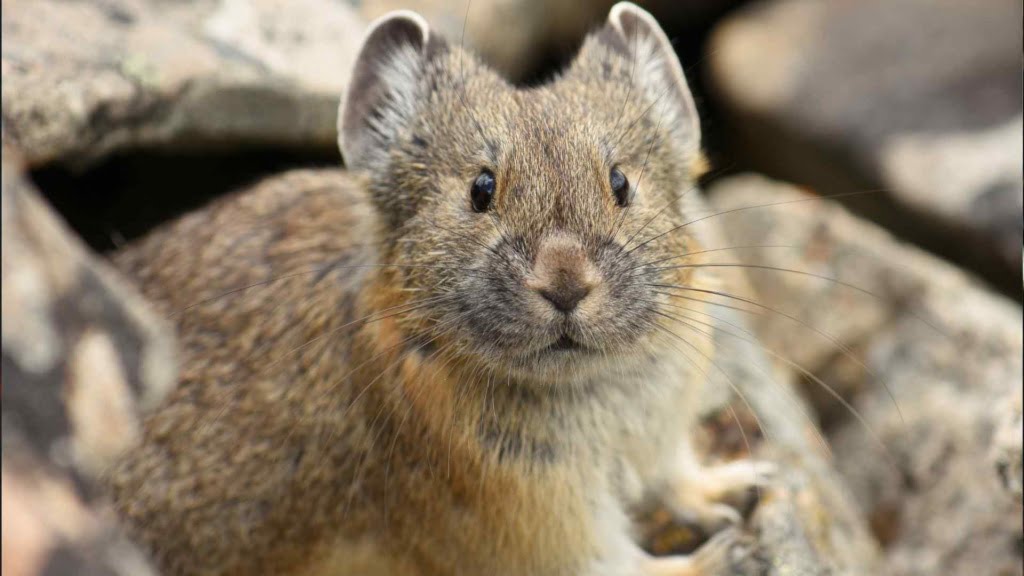Key Takeaways
| Fact | Details |
| Scientific Name | Ochotona dauurica |
| Family | Ochotonidae |
| Common Name | Daurian pika |
| Habitat | Mongolia, southern Russia, Manchuria, and several provinces of China |
| Diet | Herbivorous |
| Unique Traits | Barking alarm call, making hay for winter survival |
Introduction
The Daurian pika (Ochotona dauurica) is a fascinating creature that belongs to the order Lagomorpha, making it a small relative of rabbits and hares.
Characteristics of the Daurian Pika
| Size | 170 to 220 mm (6.69 to 8.66 in) |
| Weight | 140 to 170 grams (4.93 to 5.99 oz) |
| Appearance | Thick reddish coats, large rounded ears, and no external tail |
| Dental Structure | Like other lagomorphs, they have a secondary set of incisor teeth |
| Alarm Call | Well-known for their distinctive “barking” alarm call |

Habitat and Distribution
Daurian pikas are found in a variety of habitats, including:
- Grasslands
- Steppes
- Semi-deserts
They inhabit regions throughout Mongolia, southern Russia, Manchuria, and several provinces of China. They are found at altitudes ranging from 400 to 4,000 meters (1312 – 13123 feet) above sea level.
Diet
Daurian pikas are active during the day and are herbivores. Their primary mode of locomotion is ambulatory, although as burrowers they are also semi-fossorial. They do something that’s different from many other types of pika species by forming communal winter haypiles. In the summer, they eat a type of grass called monocot grasses. Then, in late summer and early fall, they start gathering plants called “forbs” that are full of lipids and proteins. They store these forbs above the ground near communal burrows, and turn into hay. They use this hay to get through the winter.
Reproduction
Daurian pikas can have several litters, in a year. They can have up to 11 offspring in a single litter. Even though there is no exact number on how long they live, it is known that the ones born early in the year are able to reproduce before summer is over.
Conservation Status
Daurian pika is is classified as least concern species.
References:

